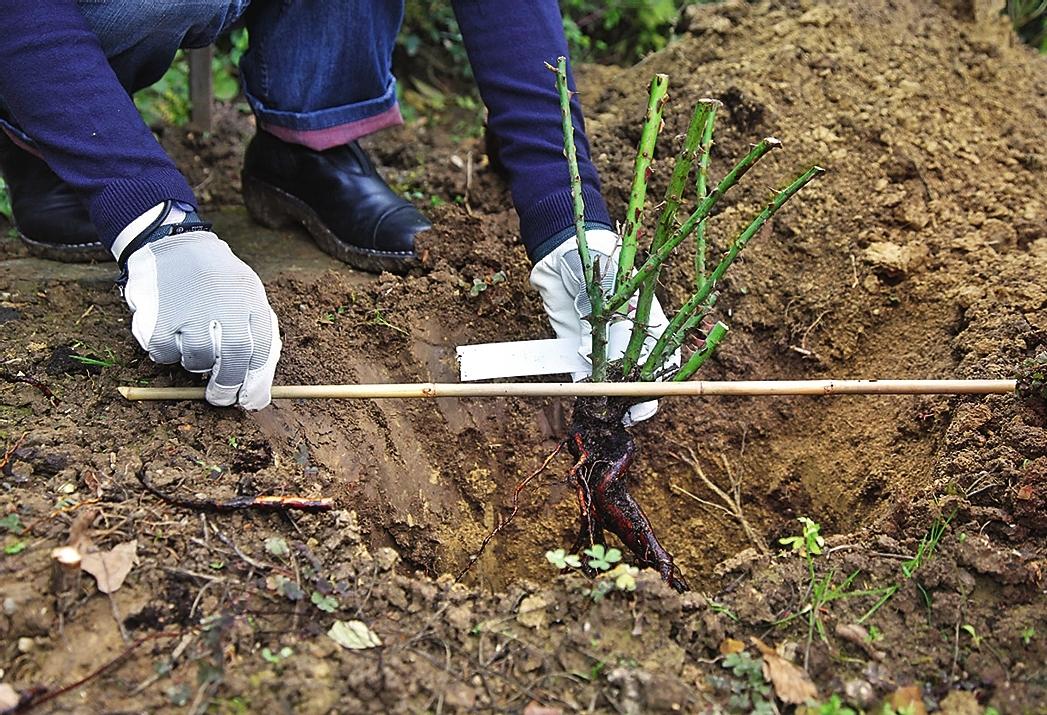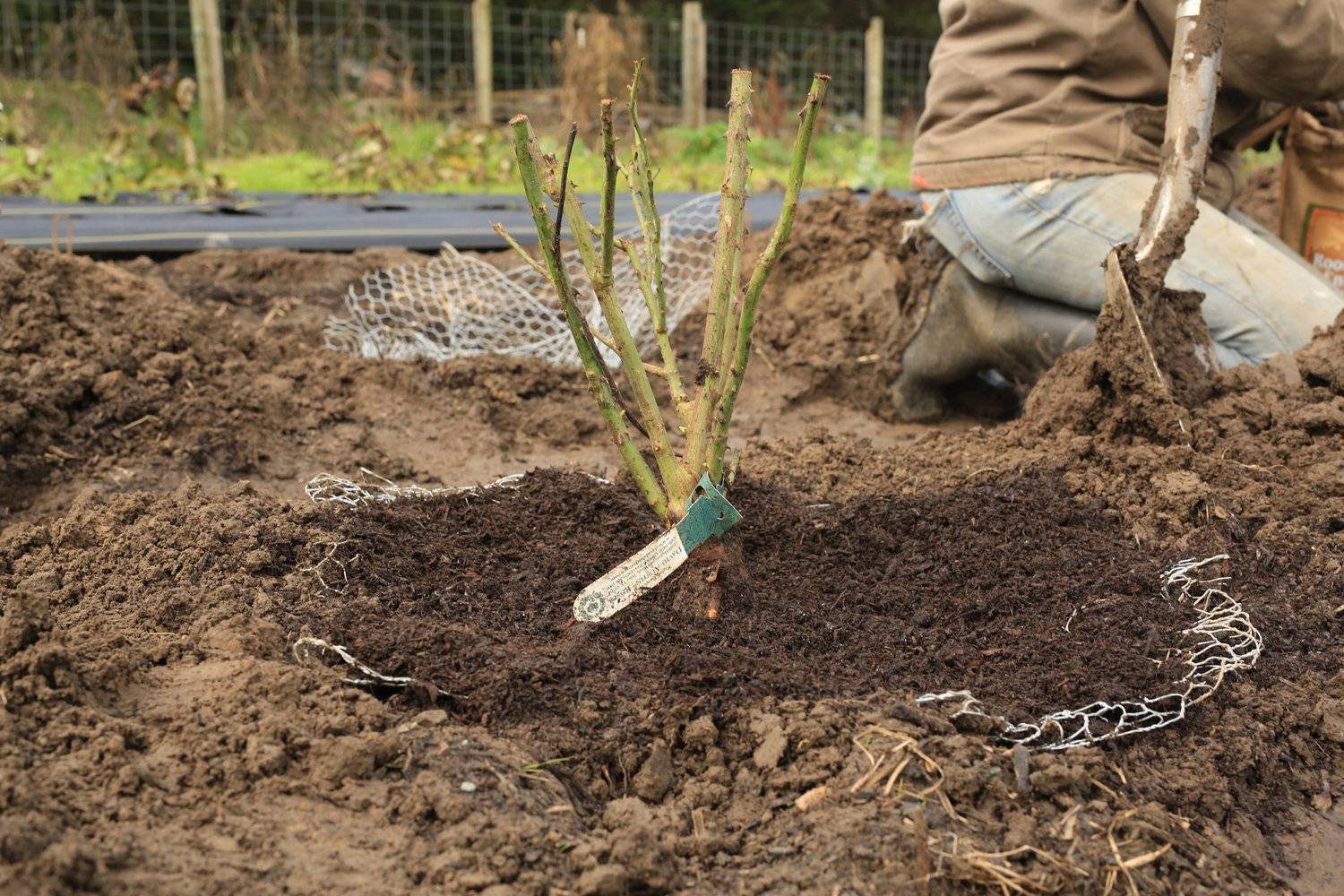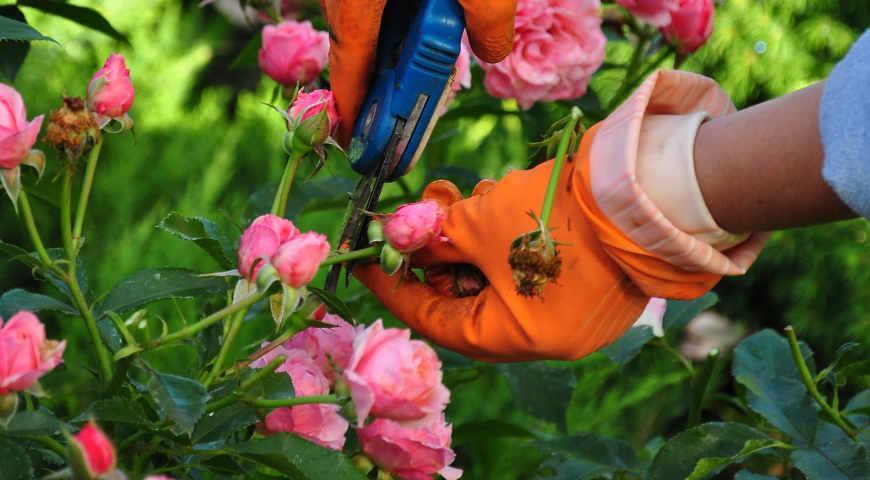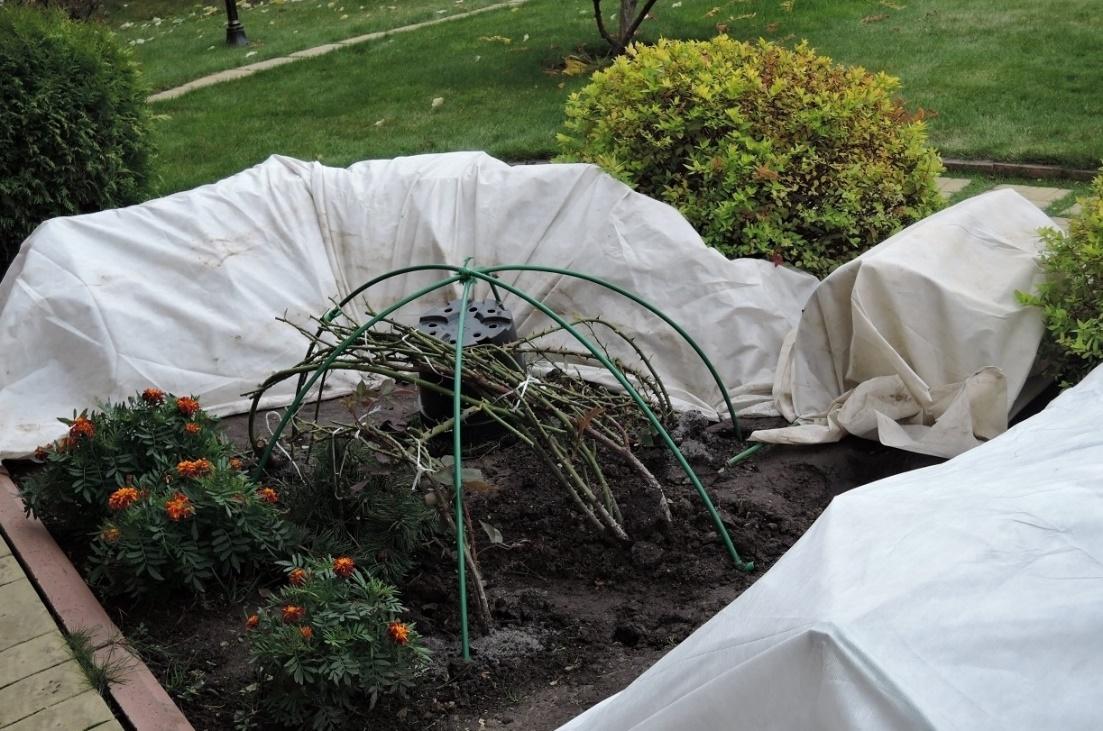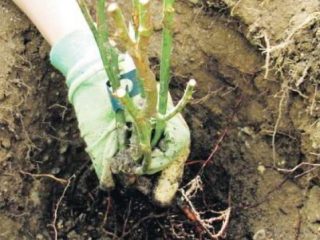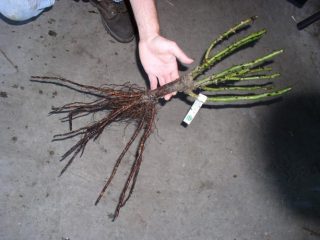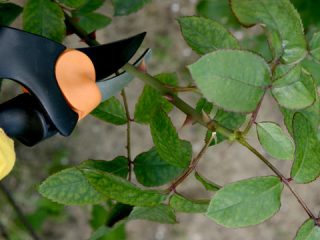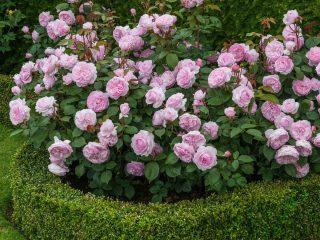Content
People often give bouquets of roses. These flowers are eye-catching. Velvet petals, a wonderful aroma, “protective” thorns... Many gardeners try to decorate their plots with noble roses. Growing them is not so easy, but anything is possible.
You belong here
Before you begin the labor-intensive process of planting roses, you need to prepare. First of all, plant growers select a suitable place for “studded” flowers in their summer cottage. They need a lot of sunlight. In a shady area, the rose withers. When planting several bushes, you need to make sure that some will not shade others.
There are signs of the “right” place to plant:
- good lighting throughout the day;
- absence of drafts;
- continuous air circulation;
- distance of groundwater from the root system;
- loose, fertilized soil with a fertile layer of at least 50 centimeters;
- vastness - roses do not like crowding.
Fertile land
The soil in the place selected for growing flowers should be literally “alive.” Roses are finicky flowers, so the soil needs to be prepared for them.
To begin with, experienced plant growers lay a lot of newspapers on the soil - ten to fifteen layers. The paper is secured so that the wind does not blow it away and left for a month and a half.The newspaper covering trick helps kill weeds and make the soil soft and easy to dig up.
At the next stage, holes are prepared for future plantings. Fertilizers are added to each hole to stimulate flower growth. It is better to purchase special substances in the store.
Before planting roses, gardeners determine the pH of the turf. For “studded” ones, the ideal figure is 6-7. Acidified chernozem requires the addition of lime. 300 grams of bone meal are also poured into the holes. It contains a lot of calcium and has a beneficial effect on the soil.
Future roses
The success of growing lush roses depends on the right seedlings. At specialized outlets they sell planting material, both with closed roots - in containers - and with open ones.
Experienced plant growers advise purchasing the first option, since the roots of seedlings in containers are better preserved. When buying flowers with an open root system, you need to make sure that they were dug up recently.
Good seedlings “give out” three woody, elastic stems. The surface must be clean, without inclusions or damage. Closed buds are required for suitable seedlings.
Before planting, the seedlings are inspected: it is good when there are few shoots and many roots. These roses grow thickly and produce fresh shoots. It’s worse when the number of shoots approximately matches the number of roots. In this case, excess shoots are removed. In the spring, all the buds wake up - the weak roots do not have enough strength to feed the buds - the plant dies.
The best time for planting is from late April to mid-May. The seedlings are planted in thawed and sun-warmed soil. If you plant flowers too late, they will die. The sun, and consequently dry soil, are the enemies of young roses.
Residents of regions with a mild climate can plant “thorned” ones in the fall, in September. It hasn't gotten cold yet, the soil is wet. It is important that the plant gets into the ground a month before the first frost.
Ready, attention... landing
For the seedling, a small hole measuring 40x50 is dug. In the center of the recess you need to build a small hill. The plant is placed on the top of the hill, and the roots are evenly distributed around it and directed down to the planting hole. The root collar of the seedling should be five centimeters below ground level. After making sure that the plant sits correctly, the root can be buried.
When a seedling is buried, it must be watered abundantly. A border should be made around the planted rose; it does not allow water to spread.
Another important point to pay attention to is the depth of the graft. Experienced gardeners deepen it three to five centimeters. However, it is necessary to take into account the climatic characteristics of your region, as well as the composition of the soil into which the seedling is sent. In steppe places where the wind blows away the snow cover, leaving the ground bare, the rose grafting needs to be deepened by five centimeters. And in regions with humid climates it must be left at soil level, otherwise the graft will begin to rot and the plant will die.
Caring for prickly beauties
There is an opinion that roses are terribly picky. Actually this is not true. Plants do not ask their owner to treat them with reverence. Watering, fertilizing, spraying, forming a bush and timely treatment for diseases is all that is needed to ensure that bright buds delight the eye for many years.
Roses love plenty of watering. A ten-liter bucket for each bush is what you need. It is necessary to water the plant as the soil dries out.Bush and climbing varieties, which are rich in foliage, require more frequent watering than other varieties of the plant. It is recommended to water roses in the evening, when the liquid evaporates more slowly and the sun does not burn the leaves.
Closer to autumn, roses are watered less often to avoid fungus. But you can’t leave the plant completely without water. The roots should not overwinter in a dehydrated state.
In order for roses to produce succulent buds and “give” bouquets of flowers to housewives, you need to feed the plant seven times a season. The first feeding is carried out in mid-April. The second - in two weeks. When buds appear on the bush, you should fertilize it a third time. It is better to purchase a complex product for these purposes. You also need to feed roses before and after flowering. For the winter, double fertilizing with potassium is needed - at the end of August and the first half of September.
Survive the winter safely
To prevent roses from freezing in the cold and to bloom next summer, they must be prepared. To do this you should:
- stop cutting flowers in August;
- in September, remove the lower leaves from the bush;
- cover the plant when the thermometer outside the window shows -5 degrees;
- remove shoots before shelter;
- Cover the bush near the base with humus, and bend the upper branches to the ground and wrap them in spruce branches.

